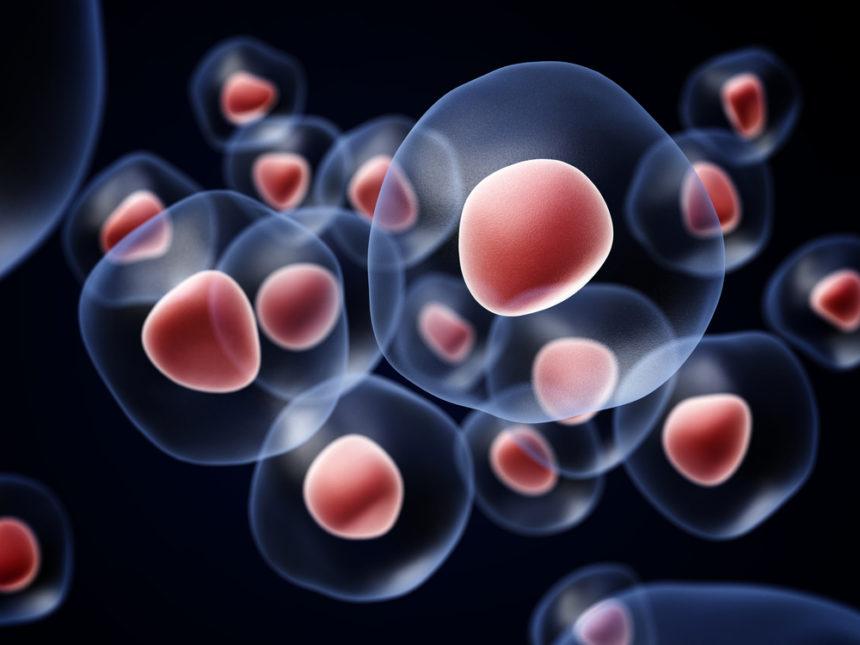Introduction
Medicine has advanced throughout the years and current science-based treatments are increasingly unable to keep up with a patient’s needs, especially in an increasing aging society. When it comes to treating the root cause to treat chronic diseases, effective therapies are far and few. Not all hope is lost. Platelet Rich Plasma Therapy (PrP) and Stem Cell, or Regenerative Medicine, is an exciting area of medicine with potential to fully repair damaged organs and tissues. You may have heard about the first bone marrow and solid-organ transplants done years ago. Regenerative medicine isn’t anything new; however, new devices are underway, providing solutions and hope for patients who have conditions that have reached a point of no return.
What is Regenerative Medicine?
Wouldn’t it be wonderful if we could tackle the ability to promote our bodies to heal themselves? If we can accelerate the healing process without relying on medication and surgery but using stem cells and platelet rich plasma? You are in luck! Regenerative medicine holds the keys to unlock the promises of repairing damaged organs and tissues in the body by stimulating previously irreversible organs to repair themselves (1). Scientist are empowered to grow new organs and tissues in the lab and safely implant them when the body is at a point it cannot heal itself. Regenerative medicine also have the potential to solve the organ shortage crisis for patients that require a life-saving organ transplant (2). Interesting isn’t it? Read on.
How does it work?
Regenerative medicine helps give your body that extra push it needs in order to heal itself. There are two types of regenerative medicine therapies, and those are stem cell therapy or platelet rich plasma (PrP) (3).
Stem cells, are primitive cells in the body that can grow to become a specific type of tissue that is needed in the area of injured tissue. Stem cells then transfer from one area and relocate to an area of disease, inflammation, or injury. The area is repaired by the cells being formed into bone, muscle, organs, or tissue. Usually, the patient’s own cells are collected, reprogrammed in the lab to perform certain functions, and transferred back into the patient to repair injured areas. In regenerative medicine, stem cells are a key component and can open doors to new health applications. Not too bad for primitive cells!
Platelet rich plasma (PrP) is another type of regenerative medicine, where plasma from blood is used to repair injured areas of the body. The plasma is drawn out of the body and the plasma and platelets are separated and injected into damaged areas. Platelet rich plasma, speeds up the repair process and encourages cells to grow in that area (3).
Regenerative Medicine Approach
Regenerative medicine takes three approaches: Replacement, Rejuvenation, and Regeneration. Replacement and involves harnessing healthy cells, organs, or tissue from a donor to replace injured ones. Examples of organ transplants maybe the heart and liver. The goal is to find ways to expand opportunities for organ transplants by finding more ways to overcome the donor shortage crisis, challenges with organ rejection, and immunosuppression.
Rejuvenation means to promote the body’s natural ability to heal itself. Though after a cut on your skin, which will heal in days, other organs may not repair themselves as readily. Cells in the body which were once thought to no longer be able to divide, including organs such as the heart, lungs and nerves (these have highly specialized cells) have been shown to be able to possess some ability to heal themselves. The goal is to understand how to enhance these self-healing abilities to such organs (4).
Lastly, regeneration consists of delivering specific types of cells to injured tissues or organs, where they will restore organ or tissue function. This is done by using cell-based products such as growth factors or bone marrow transplants. The goal is to provide affordable health care solutions since the body is able to heal from within (4)!
Benefits
1. Painless
This procedure is painless and the most sterile techniques are used. This procedure is performed in office and last about an hour.
2. Musculoskeletal conditions
Stem cell therapy, works best for the following muscularskeletal conditions: tennis elbow, golfer’s elbow, rotator cuff tendonitis, ligament sprains, arthritis, degenerative disc disease, and muscle strains.
3. Degenerative Diseases
Chronic diseases, are the primary targets for regenerative medicine. Chronic diseases treated from regenerative medicine are neurological disorders, cardiovascular disease, stroke, wound healing, and even hair loss! Yes, you’ve read it. Hair loss! Regenerative medicine can shorten recovery time and improve quality of life for patients and their families.
4. Clinical Benefits
Regenerative medicine, could decrease risk of organ-rejection rates, improve medical outcomes, and reduce the cost and difficulties obtaining treatment. Clinical efficacy and safety may improve to make new alternatives to existing treatments or decrease negative influences of existing procedures.
Safety
No need to panic! Stem cell therapy and platelet rich plasma are safe. Most stem cell therapy using adult stem cells is considered safe because the stem cells are collected from the patient, minimizing the risk of an unwanted reaction (6).
Platelet rich plasma (PRP) therapy is considered safe. Since platelet rich plama therapy utilizes your own blood instead of a foreign substance, you do not need to worry about developing an allergic reaction or rejection (7).
References:
1. Regenerative Medicine. http://www.mayo.edu/research/centers-programs/center-regenerative-medicine/patient-care/about-regenerative-medicine. Accessed April 1st, 2018
2. Regenerative Medicine. https://report.nih.gov/nihfactsheets/ViewFactSheet.aspx?csid=62 Accessed April 1st, 2018.
3. What is Regenerative Medicine? http://www.mirm.pitt.edu/about-us/what-is-regenerative-medicine/. Accessed April 1st, 2018.
4. Mahla, R. S. (2016). Stem cells applications in regenerative medicine and disease therapeutics. International journal of cell biology, 2016.
5. Tissue Engineering and Regenerative Medicine. https://www.nibib.nih.gov/science-education/science-topics/tissue-engineering-and-regenerative-medicine
6. Chahla J, Dean CS, Moatshe G, Pascual-garrido C, Serra cruz R, Laprade RF. Concentrated Bone Marrow Aspirate for the Treatment of Chondral Injuries and Osteoarthritis of the Knee: A Systematic Review of Outcomes. Orthop J Sports Med. 2016;4(1):2325967115625481.
7. Choi, J., Minn, K. W., & Chang, H. (2012). The efficacy and safety of platelet-rich plasma and adipose-derived stem cells: an update. Archives of plastic surgery, 39(6), 585.

